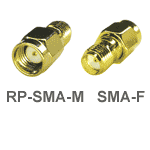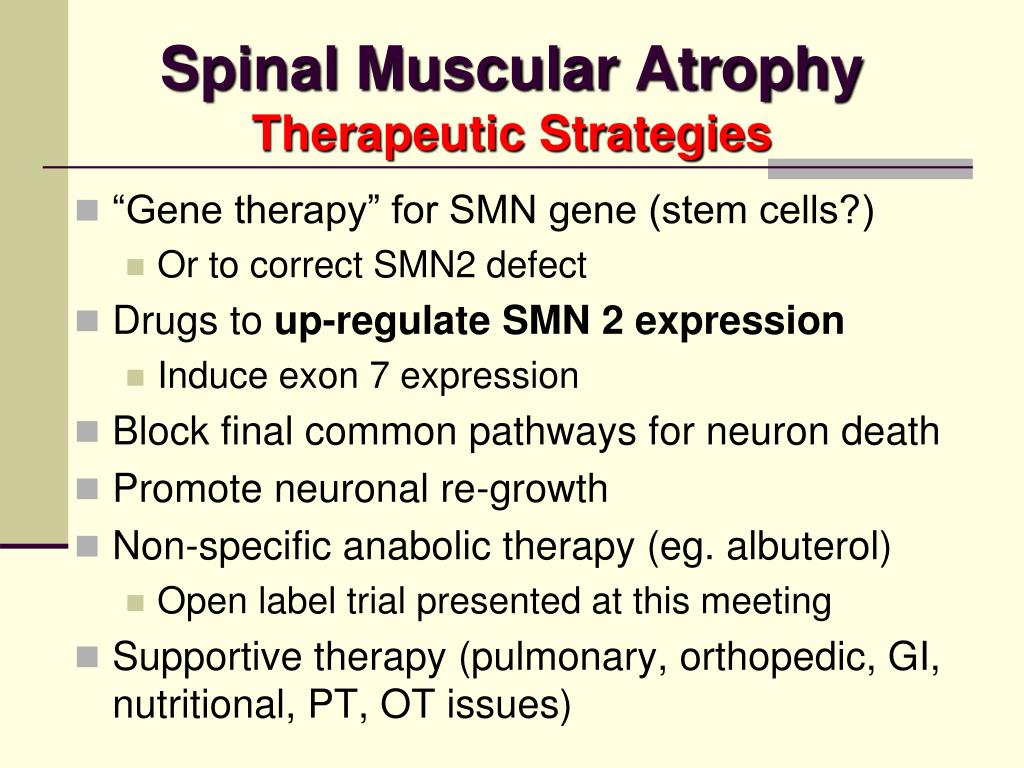
We have previously reported the potential of serum microRNAs as non-invasive and informative biomarkers of disease progression and response to experimental antisense therapy in SMA transgenic mice. Specific microRNA signatures in biofluids can provide useful non-invasive tools to monitor disease progression and response to therapeutic intervention. 15- 18 Furthermore, disrupting microRNA biogenesis pathways by deleting Dicer 1 from spinal motor neurons in mice caused an SMA-like neurodegenerative phenotype with motor neuron dysfunction and death, indicating the close connection between microRNAs and motor neuron health. 12- 14 Dysregulation of microRNAs has been extensively investigated in animal models and patients with different neuromuscular disorders such as Duchenne muscular dystrophy and SMA. 10, 11 MicroRNAs are known to play important roles in the regulation of muscle and central nervous system development. They are emerging biomarkers for diagnosis and prognosis of diseases, as well as treatment response, in a number of disease fields. MicroRNAs are a class of small (~22 nt) endogenous non-protein-coding RNA molecules that post-transcriptionally regulate gene expression. 8, 9 It is therefore important to identify informative biomarkers which may be used to better understand the variables that determine the response to nusinersen treatment.

5 Variables, including disease severity and the interval between disease onset and the start of treatment, are reported to play a role, but they do not account for the entire spectrum of clinical responses. Some affected children respond well to the acquisition of unexpected motor abilities, while others have a more limited clinical response. 5- 7 While the extent of clinical response observed in SMA patients is unequivocal and life changing compared to the natural history of the disease, it is increasingly evident that patients respond differently to nusinersen treatment. It increases full-length SMN protein by augmenting SMN2 exon 7 splicing in the mature mRNA transcripts. Nusinersen is an intrathecally administered antisense oligonucleotide drug and is the first approved disease-modifying treatment for SMA. The variation affects a splice enhancer and determines the exclusion of exon 7 in the majority of its transcripts, leading to an unstable SMN protein that cannot substitute the function of full-length SMN1. 2 Its paralogous neighbouring centromeric gene, SMN2, is intact in all patients but contains a single nucleotide variation in exon 7. 1 SMA is caused by bi-allelic loss of function of the survival motor neuron 1 gene ( SMN1). Spinal muscular atrophy (SMA) is an autosomal recessive neuromuscular disorder, characterised by progressive muscle atrophy and paralysis, resulting from motor neuron degeneration in the spinal cord. In addition, some of these microRNAs provide insight into processes involved in SMA that could be exploited as novel therapeutic targets. Interpretationīlood microRNAs could be used as biomarkers to indicate SMA patients’ response to nusinersen and to monitor the efficacy of the therapeutic intervention. Furthermore, the levels of miR-107, miR-142-5p, miR-335-5p, miR-423-3p, miR-660-5p and miR-378-3p at 2 months of treatment were associated with the response after 6 months of nusinersen treatment. In the therapeutic response cohort, the baseline plasma levels of miR-107, miR-142-5p, miR-335-5p, miR-423-3p, miR-660-5p, miR-378a-3p and miR-23a-3p were associated with the 2 and 6 months response to nusinersen treatment. In the discovery cohort, 69 microRNAs were dysregulated between SMA patients and controls. The levels of the studied microRNAs were correlated to the SMA clinical outcome measures. The dysregulated microRNAs were further analysed in the therapeutic response cohort comprised of SMA type 1 patients ( n = 22) who had received nusinersen treatment, at three time points along the treatment course (baseline, 2 and 6 months of treatment).

In a discovery cohort study, microRNA next-generation sequencing was performed in blood samples from SMA patients (SMA type 2, n = 10 SMA type 3, n = 10) and controls ( n = 7). We investigated microRNAs in blood samples from SMA patients and their response to nusinersen treatment evaluating the potential of circulating microRNAs as biomarkers for SMA.

Nusinersen treatment ameliorates the clinical outcome of SMA, however, some patients respond well, while others have limited response. Spinal muscular atrophy (SMA) is a common genetic cause of infant mortality.


 0 kommentar(er)
0 kommentar(er)
